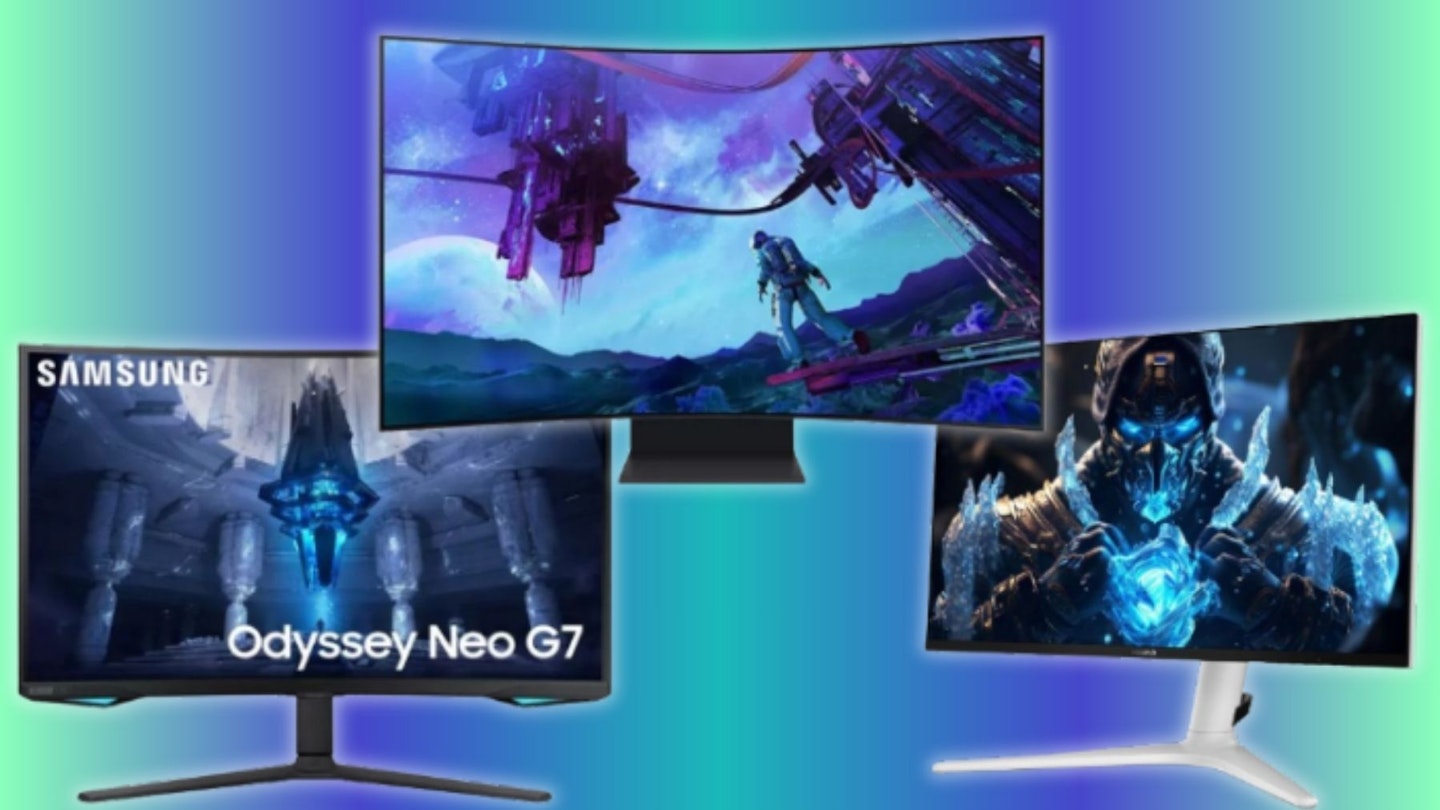It's becoming increasingly common to find Mini-LED technology among lists of the best monitors, so you may be wondering what exactly it entails. From graphic design to gaming, Mini-LED screens are gathering more fans, and that's likely due to the increased contrast and brightness control that they have, rivalling what you would expect from an OLED display.
Many monitor screens are backlit by LEDs. This means the lights, contrast, and actual brightness on display are directly affected by their quality and quantity. As you can likely guess, Mini-LEDs are smaller than regular ones, meaning manufacturers can fit more into a screen, providing us with a much better picture.
The main comparison to Mini-LED tech is OLED screens. Both serve the same purpose: to improve the contrast and brightness control on screen, but they go about it in separate ways. Whereas Mini-LEDs are about quantity, OLED screens instead have each pixel light itself, removing the need for a backlight. You can't go wrong with either, but you may be more likely to find a budget-friendly monitor using Mini-LEDs than an OLED display.
The best Mini-LED monitors at a glance:
• Best overall Mini-LED monitor: SAMSUNG Odyssey Neo G7 - View on Currys
• Best budget Mini-LED monitor: KOORUI QHD Monitor - View on Amazon
• Best gaming Mini-LED monitor: LENOVO Legion Quad HD Gaming Monitor - View on Currys
• Best curved Mini-LED monitor: SAMSUNG Odyssey Ark 2nd Gen 4K Monitor - View on Currys
• Best professional Mini-LED monitor: AOC Q27G3XMN/BK Quad HD Monitor - View on Currys
Before tackling the best Mini-LED monitors, it's important to understand the vital specs surrounding it. You have resolution, which refers to pixel density and detail, with Quad HD or 4K (often 3840 x 2160p) being ideal for Mini-LED displays. There is the refresh rate, which is many times per second the screen updates what is being displayed. The higher it is, the smoother that motion appears. Response time and colour support are both linked to the pixels, with the latter being how quickly a pixel can respond and change its output and the latter being the number of colours supported for the display. There is also brightness, measured in nits, which Mini-LEDs often excel in, as well as HDR, which is linked to the contrast.
While Mini-LED monitors are still fairly uncommon, there are plenty of different brands using the technology in their designs. You may find it difficult to narrow down your choices and pick which one would be best for you, but luckily we're here to help.
We've curated a list of some of our favourite Mini-LED monitors available now on the market and examined their strengths, weaknesses, and reasons to use them. Whether it's for gaming, professional editing, or just a budget pick for everyday use, we've made sure to include them.
The best Mini-LED monitors:
All prices are correct at the time of writing. Prices, stock and deals are subject to change without notice.
Best overall Mini-LED monitor
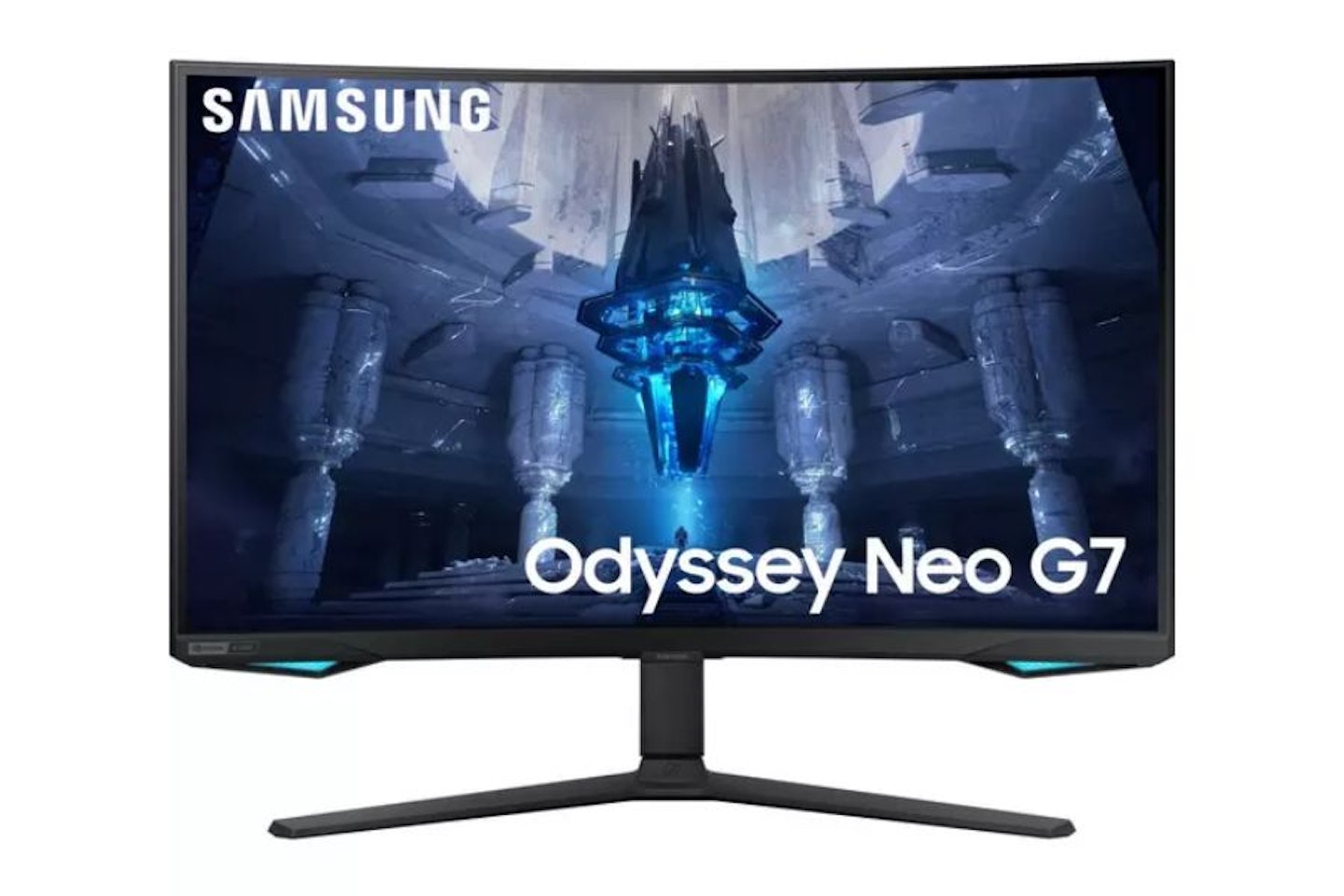 Samsung
Samsungwww.currys.co.uk
The SAMSUNG Odyssey Neo G7 is an all-rounder that excels in just about every category, so regardless of what you need a Mini-LED monitor for, this one is sure to be appealing. The 4K resolution is gorgeous, especially as it is further enhanced through the contrast provided by the Quantum HDR 2000 and the impressive brightness. The refresh rate is no slouch either, with its 165Hz pairing nicely with the response time of 1ms. Even the ports are great.
The only factor holding the Neo G7 back is its bulk. While it's natural that a 32-inch screen would require a fair bit of room, this monitor is surprisingly thick, likely due to its curved design. Thankfully, this is only a minor issue, and for some, it will be worth the trade-off to experience a curved monitor like this.
Pros
- Incredible set of specs
- 4K resolution provides lots of detail
- Impressive contrast
Cons
- Somewhat bulky
| Resolution | 4K |
| Screen size | 32 inches |
| Screen type | Mini-LED |
| Refresh rate | 165Hz |
| Response time | 1ms |
| HDR | Quantum HDR 2000 |
| Ports | HDMI, DisplayPort, USB x 2 |
| Colour support | 1 billion |
| Brightness | 1000 nits |
| Viewing angle | 178 degrees |
Best budget Mini-LED monitor
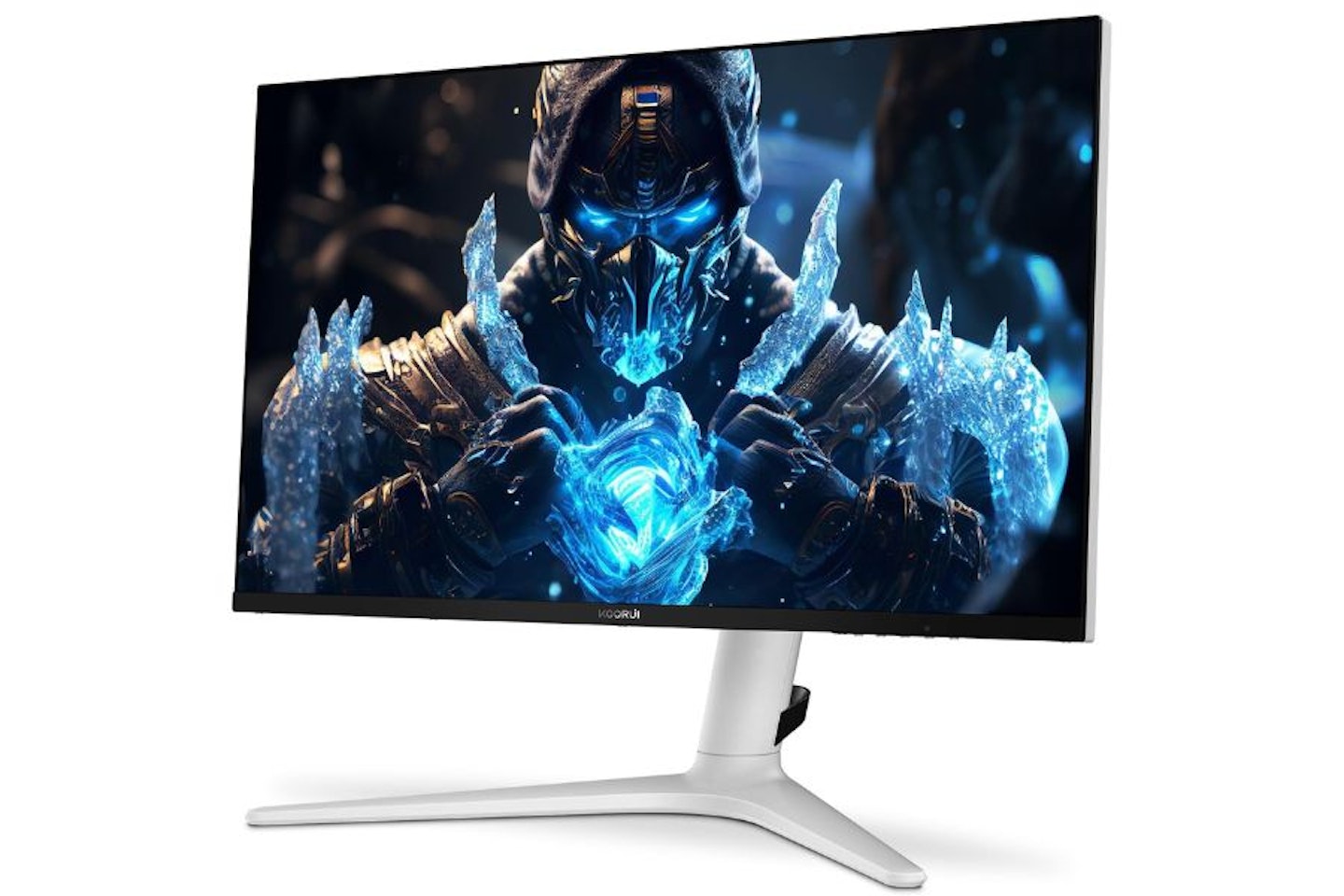 KOORUI
KOORUIFor the best value for money, you'll want the KOORUI QHD Monitor. It's proof that Mini-LED screens can be budget-friendly, and it does so without sacrificing any performance quality. While the colour support, brightness, and response time are all noteworthy, it's the refresh rate that has really impressed us. At 240Hz, this monitor easily outperforms many pricier designs. If you don't feel the need for a 4K resolution, this is a great monitor to introduce you to the Mini-LED experience.
The build has its ups and downs. We love the ease and range of adjustability here, making it simple and convenient to get the screen angled exactly how you want. On the other hand, the port selection is a bit underwhelming.
Pros
- Budget-friendly and affordable
- Excellent refresh rate for this price range
- Great adjustability
Cons
- Better options exist for ports
| Resolution | QHD |
| Screen size | 27 inches |
| Screen type | Mini-LED |
| Refresh rate | 240Hz |
| Response time | 1ms |
| HDR | HDR1000 |
| Ports | HDMI x 2, DisplayPort |
| Colour support | 1.07 billion |
| Brightness | Unspecified |
| Viewing angle | 178 degrees |
Best gaming Mini-LED monitor
 Lenovo
Lenovowww.currys.co.uk
It's no secret that Mini-LED screens are great for gaming, which is why we're recommending the LENOVO Legion Quad HD Gaming Monitor. It has a great set of ports and available connections, especially USB. The KVM switch also makes it ideal for swapping between various devices, so it can act as a practical hub for your setup. The screen keeps up the good work, with a 165Hz refresh rate, 1ms response time, and 720 nits of brightness keeping the quality consistent. The gaming focus might turn some away, but they'd be missing out on a great display.
This LENOVO monitor has another rather unique feature about it that makes it stand out from other screens. Most monitors have unimpressive or even lacklustre speakers, but the output here is surprisingly great. You could comfortably use this without speakers and still enjoy solid audio quality.
Pros
- Fantastic set of ports
- KVM switch makes it convenient to connect with multiple devices
- Surprisingly powerful speakers
Cons
- Gaming focus may not be for everyone
| Resolution | Wide Quad HD (3440 x 1440p) |
| Screen size | 34 inches |
| Screen type | Mini-LED |
| Refresh rate | 165Hz |
| Response time | 1ms |
| HDR | HDR1000 |
| Ports | HDMI, DisplayPort, USB x 4, USB-C |
| Colour support | 1.07 billion |
| Brightness | 720 nits |
| Viewing angle | 178 degrees |
Best curved Mini-LED monitor
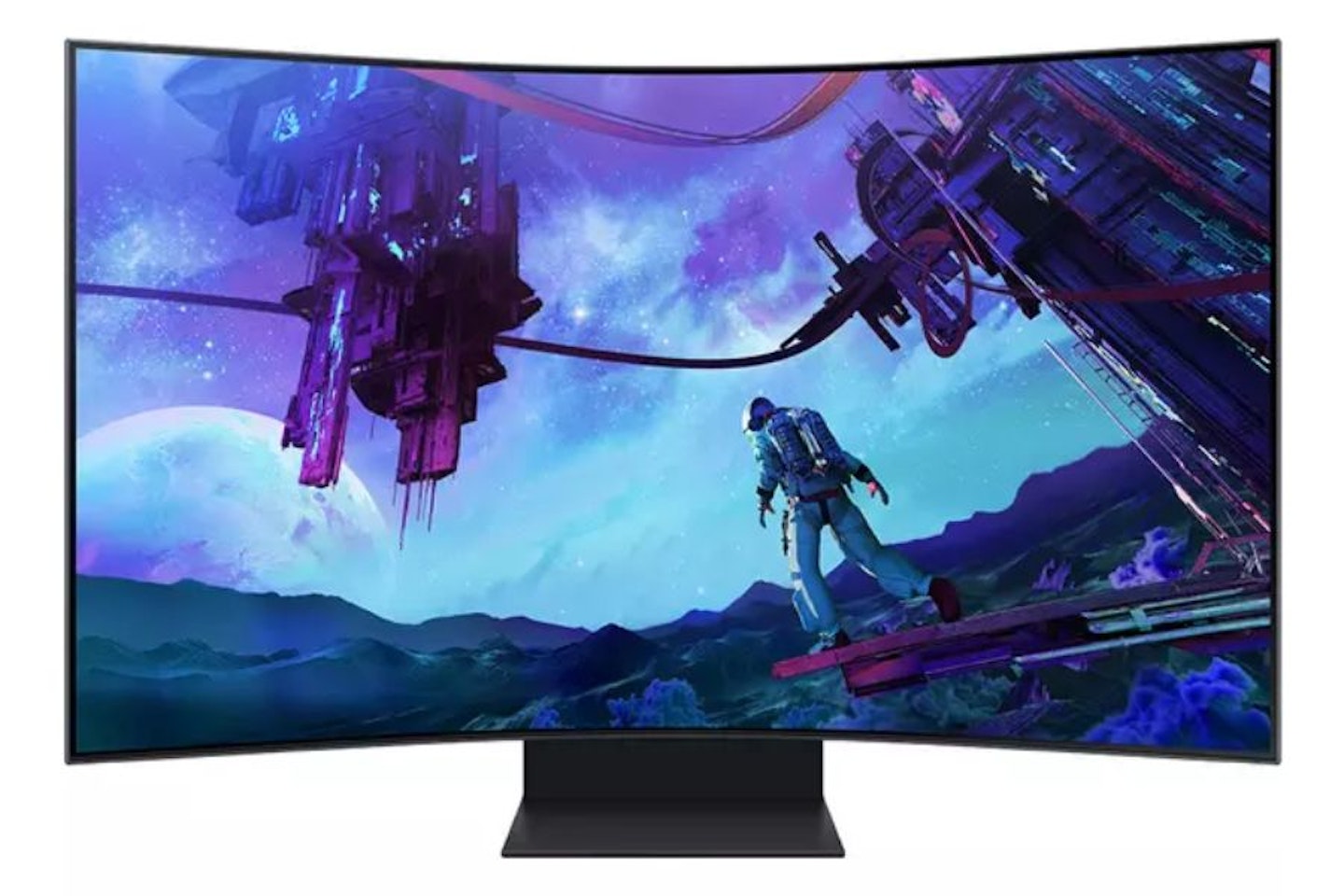 Samsung
Samsungwww.currys.co.uk
For a luxurious upgrade, consider the SAMSUNG Odyssey Ark 2nd Gen 4K Monitor. It's a curved screen, making for an immersive experience that draws your eyes to the screen and helps them feel comfortable for longer. To get further immersed, you can rotate the screen to enter Cockpit mode. Whichever way you look at this monitor you get incredible visuals, and that can be attributed to specs like its 4K resolution, HDR10+, 1 billion colour support, and 165Hz refresh rate. Plus, the screen has a matte finish applied to it that minimises reflections.
While the Odyssey Ark is definitely as good as it needs to be for its price, there are still things to note and be aware of. While a 55-inch screen looks incredible, it does mean this is larger than many TVs, so you'll absolutely need to clear space for it.
Pros
- Rotatable screen and Cockpit mode
- Matte finish minimises reflections
- Very immersive curved display
Cons
- At 55 inches, you'll need a lot of space to accommodate it
| Resolution | 4K |
| Screen size | 55 inches |
| Screen type | Mini-LED |
| Refresh rate | 165Hz |
| Response time | 1ms |
| HDR | HDR10+ |
| Ports | HDMI, DisplayPort, USB x 2 |
| Colour support | 1 billion |
| Brightness | 600 nits |
| Viewing angle | 178 degrees |
Best professional Mini-LED monitor
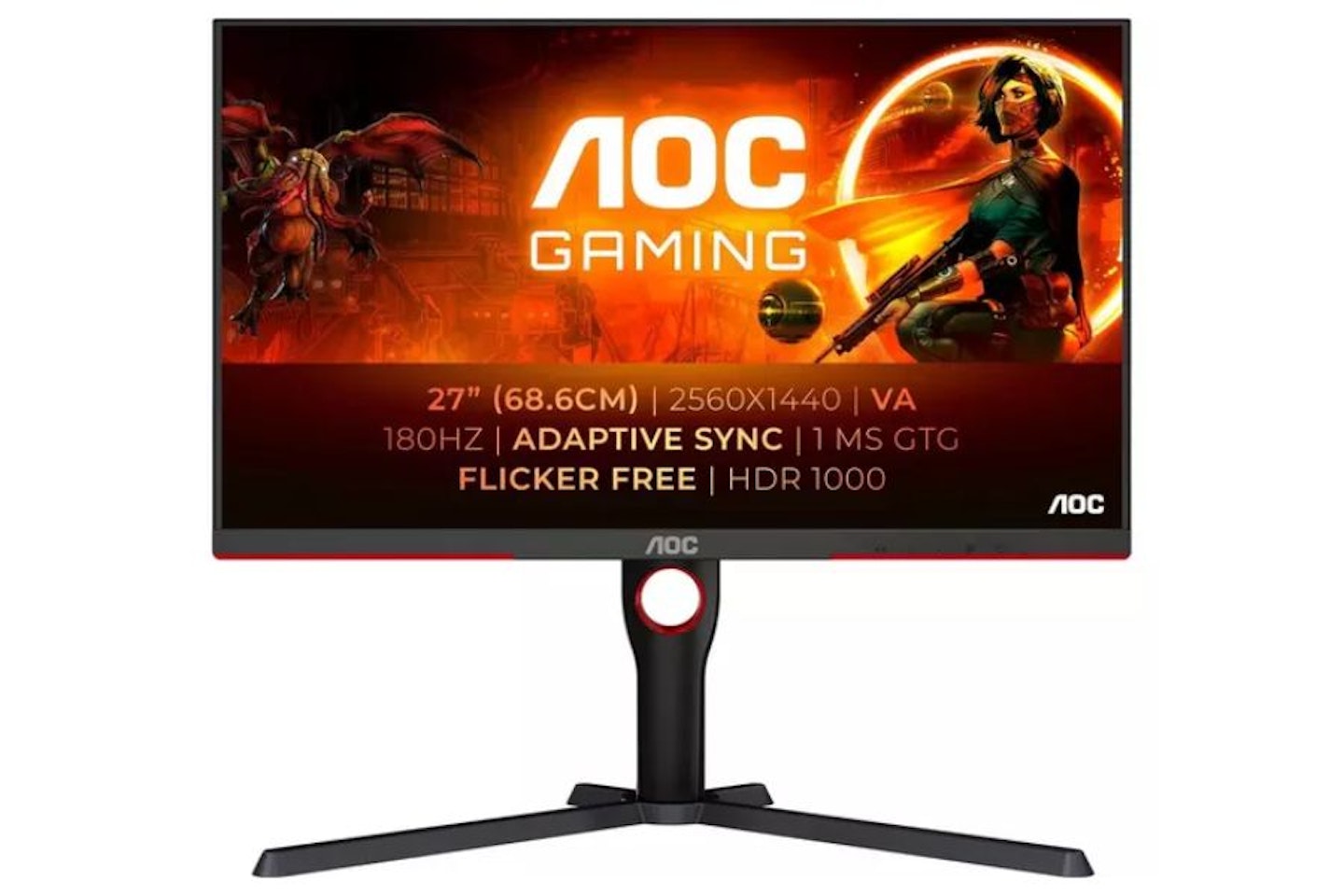 AOC
AOCwww.currys.co.uk
Whether it's for photo editing or simply office work, the AOC Q27G3XMN/BK is our Mini-LED monitor pick for professional use. Don't let the gaming aesthetic fool you; this is a 27-inch screen that's excellent for many purposes. A refresh rate of 180Hz, 1ms response time, and 1.07 billion colour support ensures that you get rich and responsive visuals that will always be eye-pleasing. The real stars are the contrast provided by the HDR1000 and the incredible 1000 nits of brightness. For the excellent visual detail, this monitor won't let you down.
This AOC Mini-LED monitor has a few other features worth discussing. The screen is Flicker-free, protecting your eyes from strain for longer. This is the aspect that really makes it shine for professional use, as it will help you feel less eye fatigue during long work sessions. Another notable aspect is that it can be wall-mounted, which lets you avoid its underwhelming base stand.
Pros
- Flicker-free screen is kind on the eyes
- Suitable for wall mounting
- Excellent screen detail
Cons
- Stand could be better
| Resolution | QHD |
| Screen size | 27 inches |
| Screen type | Mini-LED |
| Refresh rate | 180Hz |
| Response time | 1ms |
| HDR | HDR1000 |
| Ports | HDMI, DisplayPort |
| Colour support | 1.07 billion |
| Brightness | 1000 nits |
| Viewing angle | 178 degrees |
FAQs
What is local dimming?
Local dimming is a rather clever process that Mini-LED screens are capable of. Depending on what is being displayed, a zone of Mini-LEDs will change their brightness output to suit the picture best.
If a scene in a video you're watching has a character in darkness holding up a torch, the Mini-LEDs will work as zones to optimise this. The result is that the darkness will appear darker, and the light will be more vibrant, immersing you in the display.
It's an impressive visual detail that Mini-LEDs do brilliantly, easily being one of their standout features.
How efficient is Mini-LED technology?
You might think that the reduced size of Mini-LEDs would result in them being less efficient and durable than regular LEDs, but it's actually the opposite in this case.
Each diode requires less energy to function, and even with the increased number of them in a monitor, they usually end up more energy-efficient than other screen types.
Of course, while efficiency is important, durability matters too. No one wants the backlights to die after just a year of use. Thankfully, Mini-LEDs appear to be quite resilient. Even with daily use working from home, you should get a fair few years out of them. There are too many variables to lock in a set number, but Mini-LED monitors should last just as long as an OLED screen, if not longer.
What other screen types should you know?
LED: Just like Mini-LED, but each diode is bigger and, therefore, less can fit in a monitor. They perform less effectively than Mini-LEDs and are less energy-efficient, but they're still a decent choice for a budget screen.
OLED: Each pixel produces its own light, cutting out the need for a backlight section. It is ideal for bright, high-contrast displays, although few budget monitors feature this technology.
QLED: Quantum LED screens that are mainly featured on Samsung TVs. They work using the same method as an LED display, but an additional Quantum Dot layer improves the brightness and colours.
Kyle Purves is a Commercial Content Writer for What’s The Best, with an avid interest in all things gaming and tech.
They’re well-versed in reviewing a variety of tech products, with a soft spot for speakers and earphones. They’re also no stranger to hunting down the best savings, always wanting to get the best deal possible. Outside of work, they can often be found playing through an RPG, listening to Japanese noise rock, or trying to catch up with their ever-expanding list of shows and anime to watch. If possible, they try to play Dungeons and Dragons a couple of times a week, but getting six adults to be free at the same time is easier said than done.
Subscribe to the What’s The Best Newsletter to keep up to date with more of the latest reviews and recommendations from the rest of the What’s The Best team.
